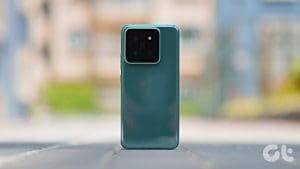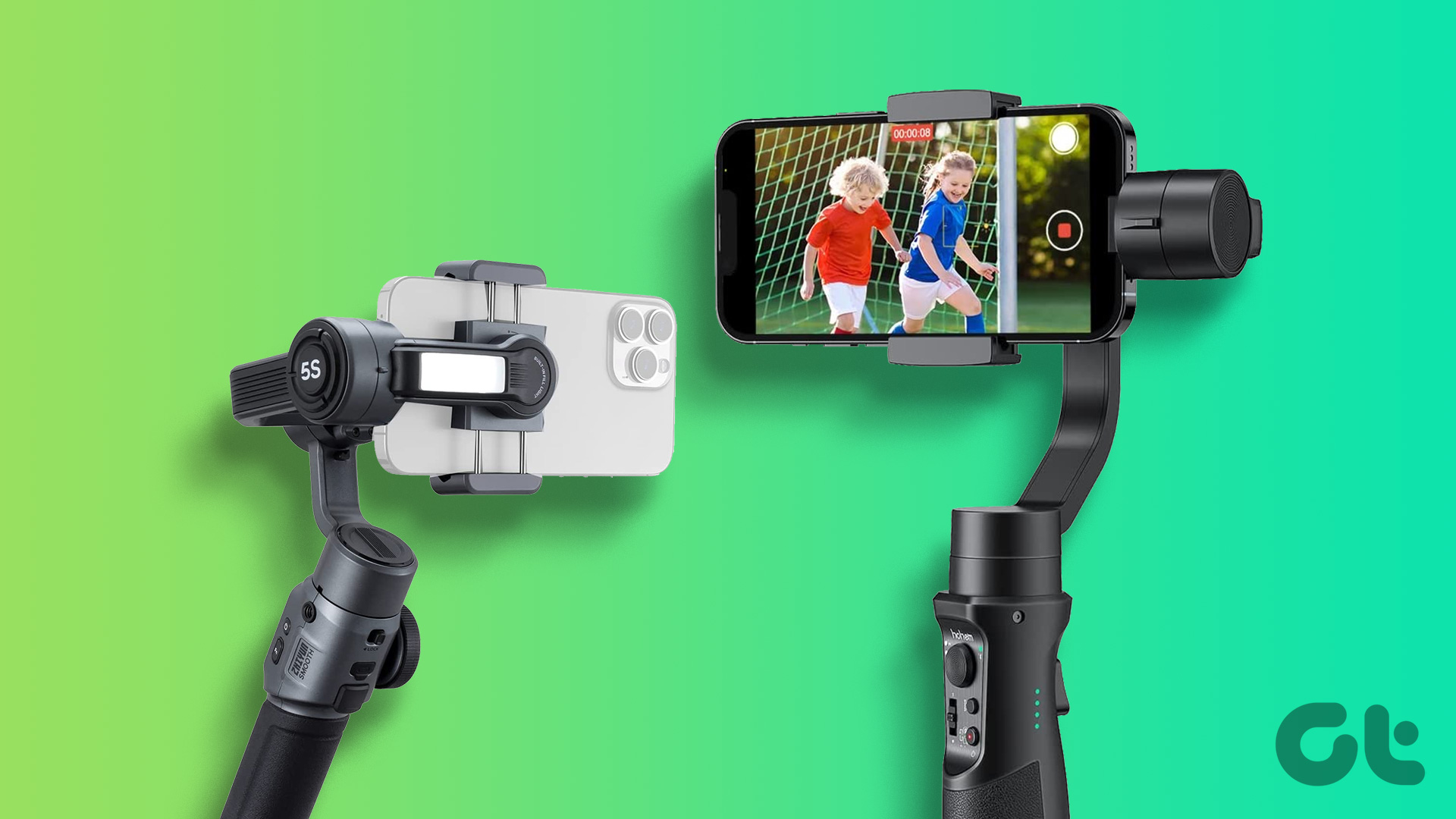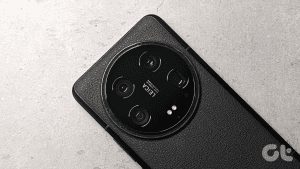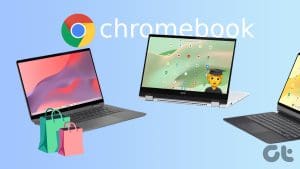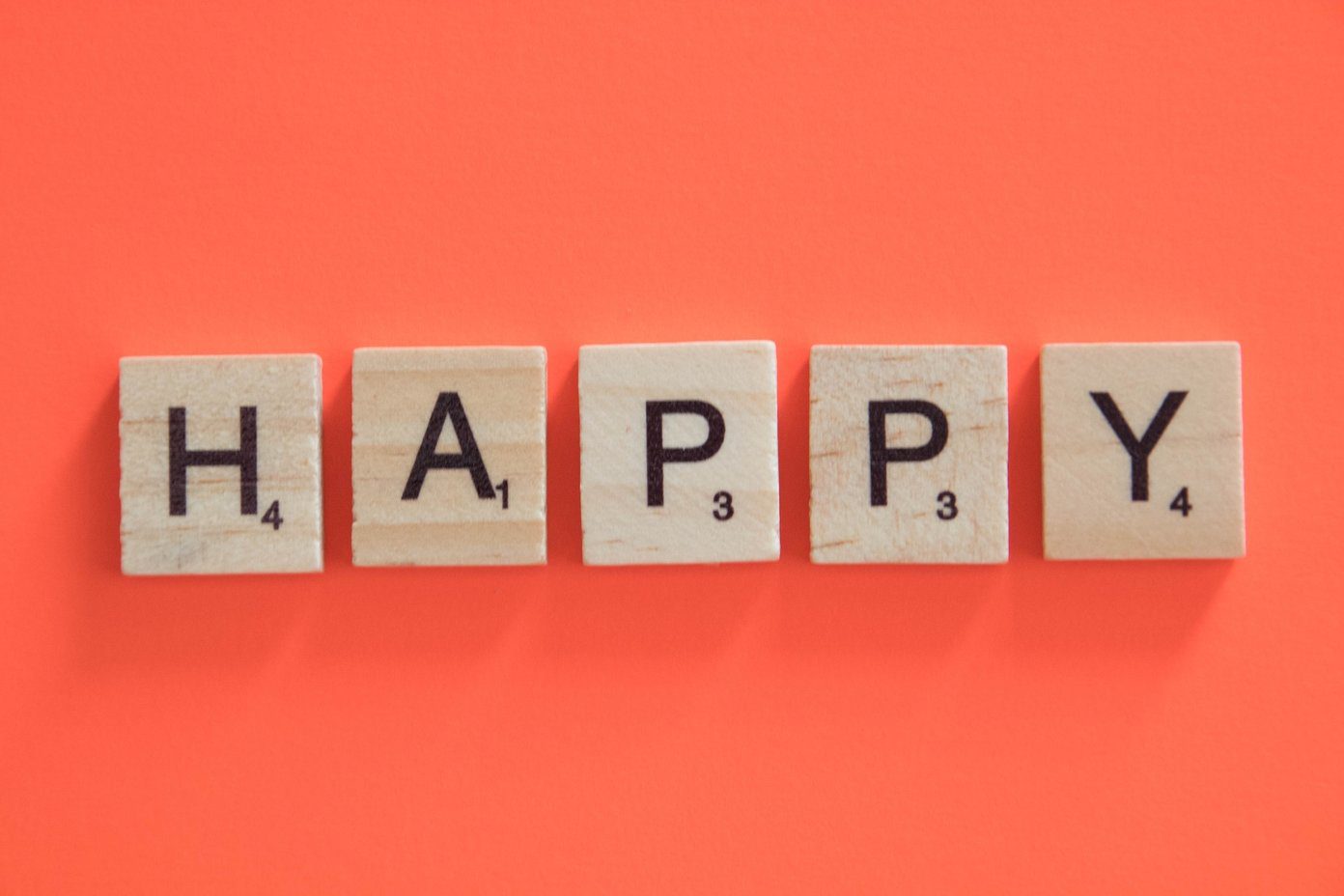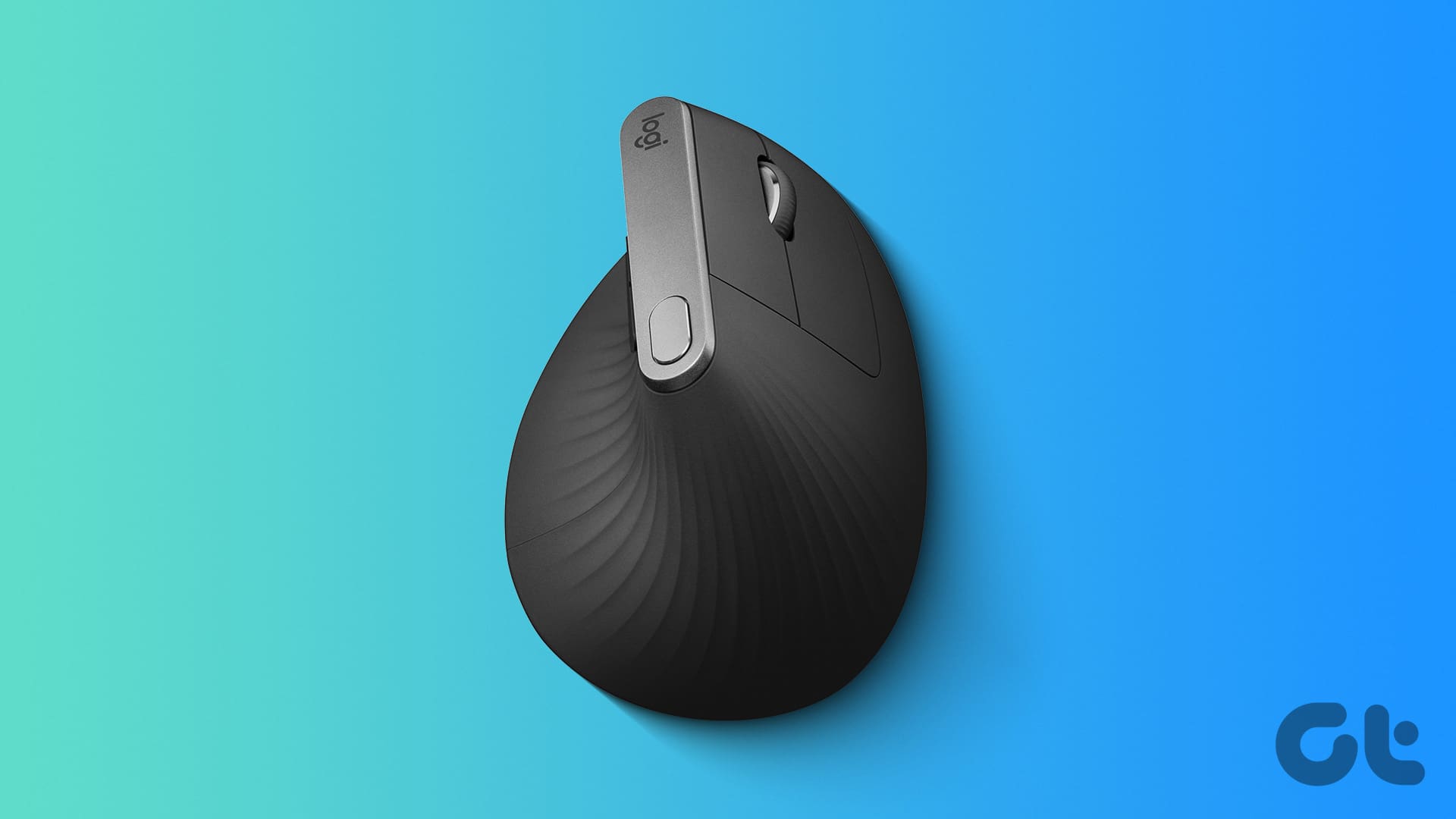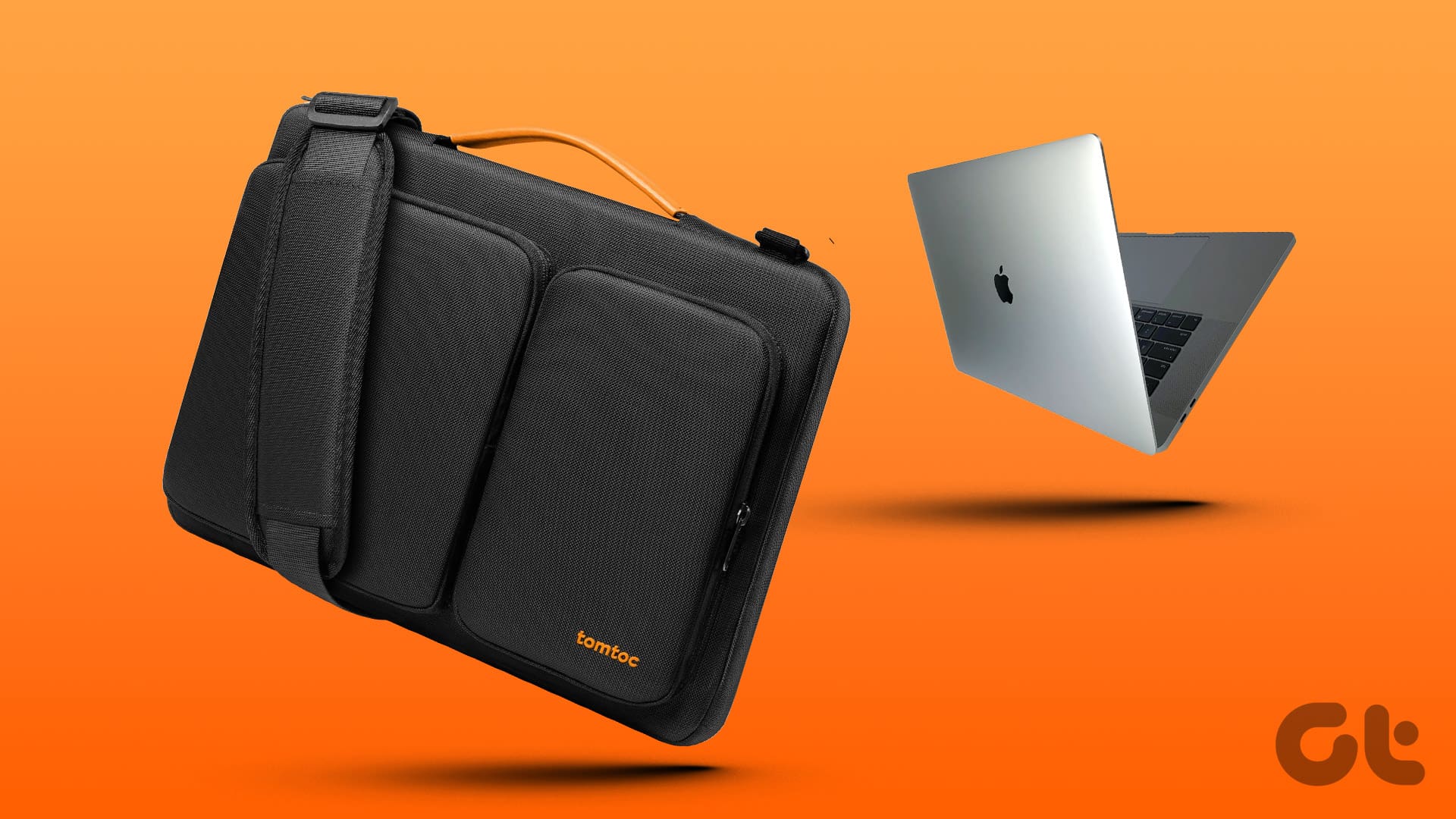I’m a huge photography enthusiast. I’m that person in every group trying to click the best sunset shot or capture snow-capped mountains with symmetry when on vacation. My Google Photos storage has crossed the 100GB mark. And as per my phone’s gallery app, I’ve clicked 8,236 photos in the past six months. It’s safe to say, I love to hit the shutter button every time something catches my eye.
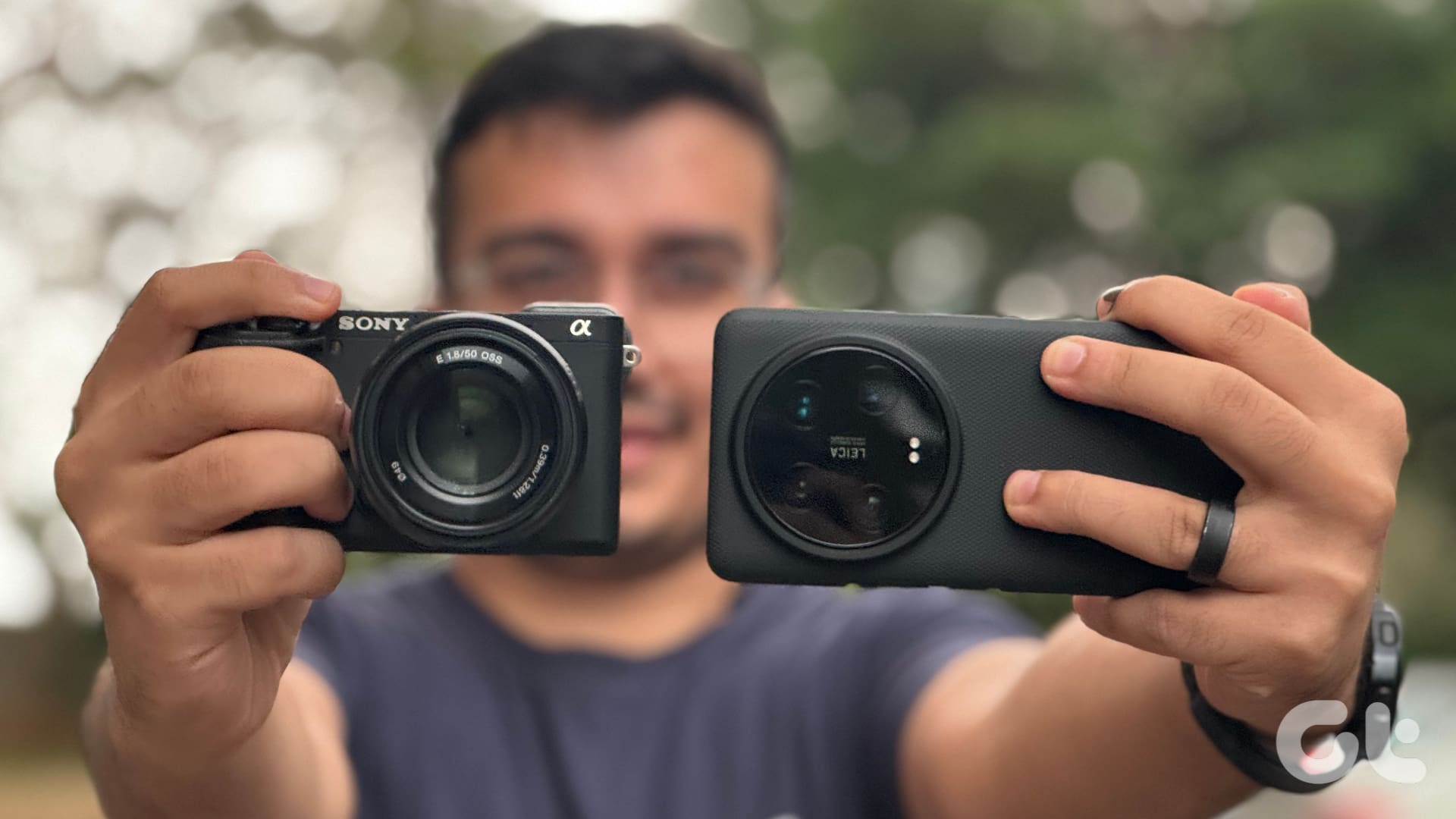
Owing to this — and to pursue my (rather expensive) passion — I finally picked up a dedicated camera last year. I went with a Sony a6400 — a compact mirrorless camera with an APS-C lens system. While I used it extensively for the first few weeks, I soon realized the camera was sitting inside my cupboard — resting in the complementary bag bundled in by the seller as a part of a promotion.
That’s when I asked myself — was I losing interest in photography? No chance. Did I have difficulty using the camera? Nope. Was the kit lens limiting the output? Yes, but I’d also picked up a 50mm prime lens so the apparatus surely wasn’t to blame. I pondered for a bit and realized — it was neither me nor the camera at fault. It was my smartphone.
The Onset of Computational Photography
Let’s face it — cameras have much, much more superior optical hardware compared to smartphones. Large sensors, an interchangeable lens system, lenses with wide apertures and optical zoom, etc. A combination of all of these parameters results in superior image output compared to a smartphone — or so you would think.

In reality, computational photography and image processing algorithms in the past few years have improved drastically — bridging the gap between hardware and software.

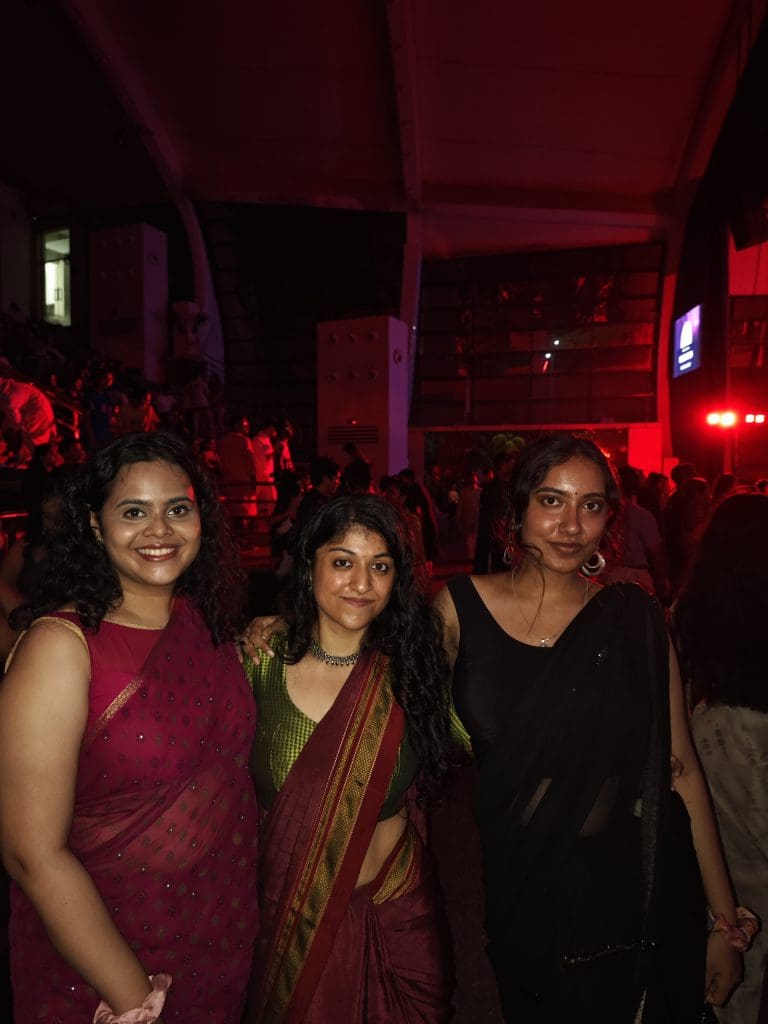

The lack of a large sensor to capture more light is compensated by multi-frame stacking in Night Mode found on most smartphones. Bokeh or focus fall-off created by a lens with a wide aperture is easily replicated using Portrait Mode. While these are not perfect replacements for the results produced by better hardware, they’re so close that a general consumer like you and I wouldn’t mind the slight imperfections.
Large Sensors and Mega Pixel Counts
It’s not purely about the software though. Along with all the fancy algorithms, smartphone camera sensors have massively improved in the past few years. From tiny lenses with narrow apertures to massive 1-inch sensors that are to-to-toe with point-and-shoot cameras, smartphone hardware has come a long way.

I’m currently using the Xiaomi 14 Ultra, with the primary shooter having a 50MP 1-inch sensor. The amount of light it captures, along with natural bokeh, is unbelievable. If you told me a couple of years back that smartphone cameras would get so advanced — at least in terms of hardware — I wouldn’t believe you.

Even the iPhone 15 Pro Max I used before switching to the Xiaomi 14 Ultra had a fantastic set of cameras. While the sensor wasn’t as large, hardware advancements like sensor-shift image stabilization coupled with Apple’s processing resulted in beautiful pictures.
So Much Versatility
The biggest trade-off for me when using my camera is the fact that I have to carry around 2-3 lenses with me for different focal lengths. When I’m traveling, this is a big deal-breaker because one, it adds extra weight to my backpack, and two, I need to be extra careful when handling the lenses. A modern-day smartphone solves this problem by including multiple cameras of different focal lengths.
6 Focal Lengths in One
For example, the Xiaomi 14 Ultra has a primary camera with a 23mm focal length. It is ideal for landscapes, group photos, and pretty much any basic picture you want to click. If you want to fit more into the frame, there’s the 12mm ultrawide shooter. Whether it’s a tall monument or a school reunion, it creates a lot of space in the frame. You can even get some stellar perspectives with an ultrawide camera.



While these two lenses are pretty common, the 14 Ultra goes a step ahead and includes two zoom cameras. There’s a 75mm telephoto lens that’s perfect for portraits and objects that are slightly far off. Finally, the 120mm periscope lens provides the extra reach to capture wildlife or distant architecture. That’s four focal lengths in one phone. Impressive, right? Well, that’s not it.



The primary camera — thanks to the fact that it has 50 million pixels to work with — offers a lossless in-sensor crop. What this means is you can click pictures at 2X or 46mm without much loss in details. Moreover, Xiaomi’s floating lens system means you can use the 75mm lens for close-up macro shots giving you extra capability. And from my experience, the results in macro mode are absolutely stellar!



Furthermore, the 120mm periscope lens — thanks to some AI magic — can produce usable photos at 10X (240mm) and even up to 30X (720mm) when there’s sufficient light. That makes the phone insanely versatile! Essentially, you’re getting up to six focal lengths in a device that fits into your pockets and can make calls, send messages, play games, etc. Now that’s an absolute win!
Compared to a camera that would require me to change lenses every time I wanted to shoot at different focal lengths, simply hitting a button to switch between different lenses is such a relief!
Very Little to Tell Apart (for the Average Consumer)
Before all you camera enthusiasts come at me — I am not saying a smartphone can replace a camera. No, there’s still a long way to go and there’s a good chance it may never happen. But, for the average consumer, there’s very little to tell apart an image shot on a $2,000 camera vs one shot on a $1,000 phone.



Most pictures nowadays are meant to be shared on social media platforms or messaging apps. These apps already tend to compress photos and reduce their quality so details aren’t of much importance either way. So, pixel peeping to see which photo shows the house in the background clearly isn’t a good way to compare a camera with a modern-day phone.
It Simply Looks Good
When clicking photos of mountains, beaches, products, and even humans, a smartphone camera has become so advanced that it can match a photo clicked with a camera. In fact, thanks to sophisticated software processing, a photo taken by a phone may even look more appealing to the social media Gen-Z crowd with all the extra dynamic range and saturation.



Of course, photography enthusiasts would know that RAW images clicked with a camera give you a lot of flexibility to play around with highlights and shadows — essentially resulting in a better picture. But, most end-consumers don’t want to put in that additional effort. They simply want to point at a subject, click, and get an Instagram-ready photo.

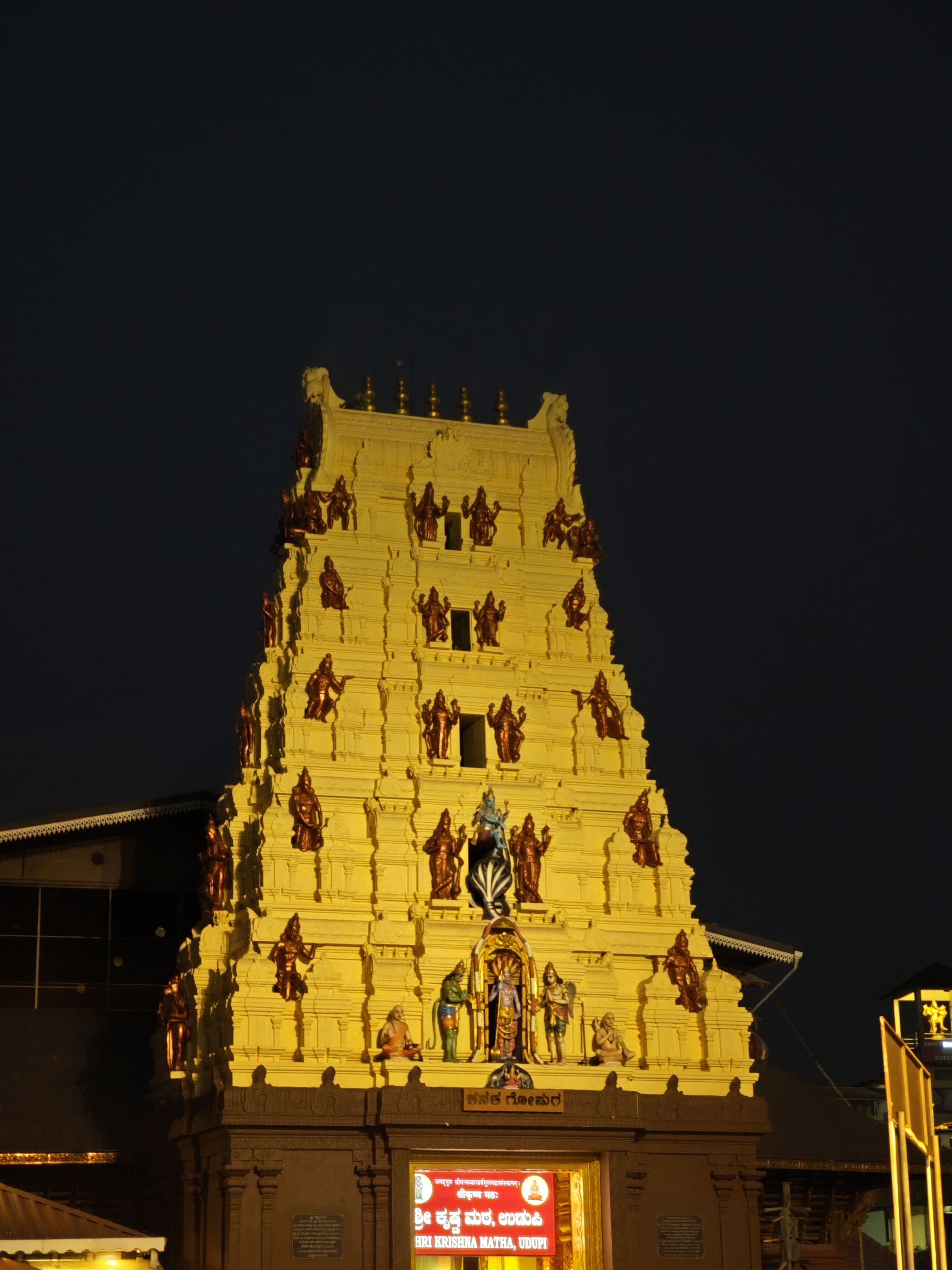
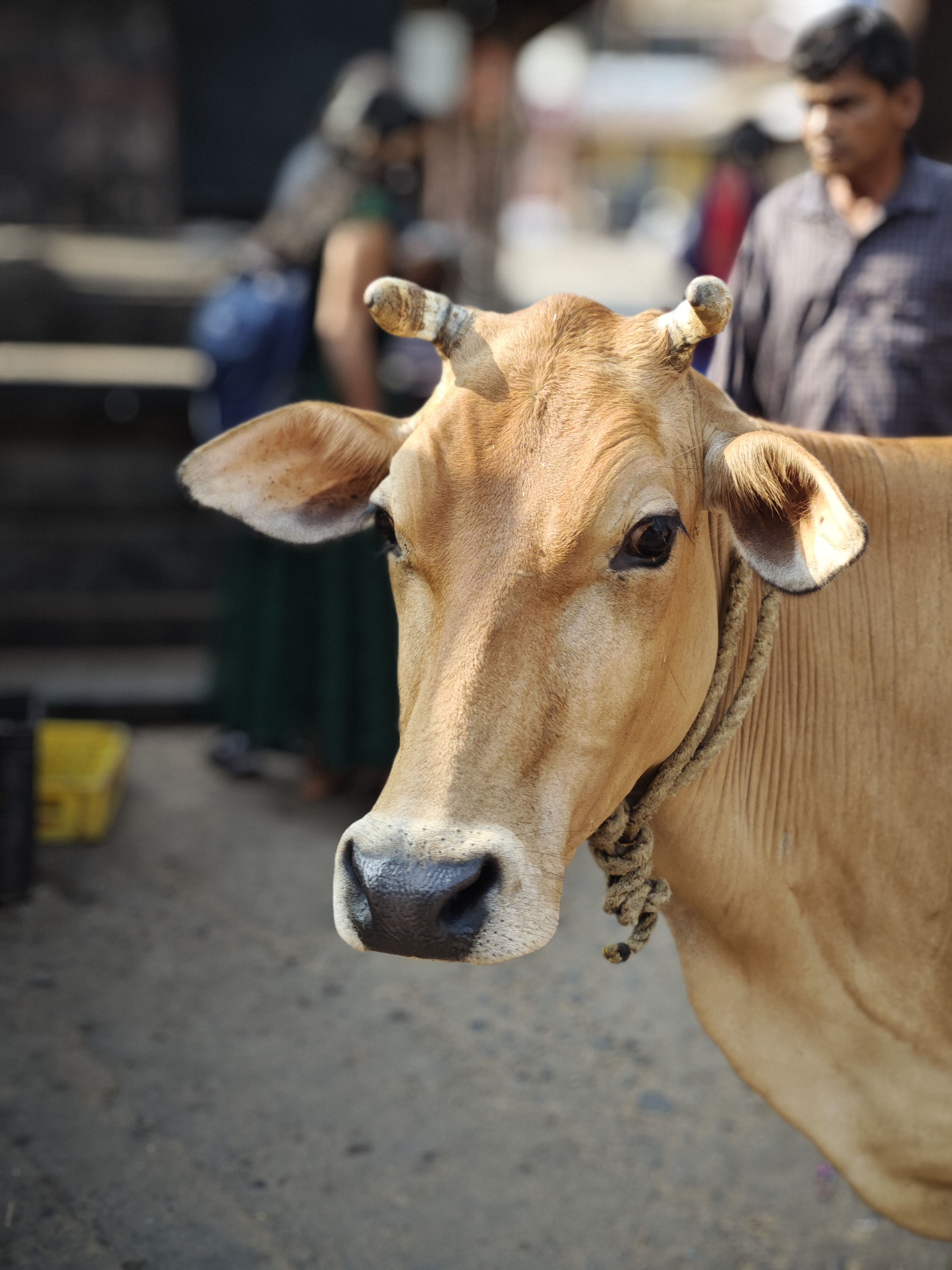
Look at all the pictures included in this section. Do they exactly represent the scene at the time of capturing? Maybe no. But are they attractive? Yes. And that’s what matters to most people. Photos clicked from phones have a certain vibe or appeal to them — which can only be achieved on the camera’s photos with additional edits.



If it’s one or two or even five photos, I don’t mind putting in the effort to edit them. But if I recently returned from a vacation with 500 pictures, I can tell with certainty I will keep procrastinating the edits and the pictures will stay on the SD card forever.
Easy to Share
That brings me to the fact that all the pictures clicked from my camera first need to be transferred to my computer and then to my phone if I want to share them. This extra step adds enough friction for me to delay the entire process. Moreover, a lot of new laptops don’t have built-in SD card readers so you’ll have to purchase a separate dongle. Yet another element of friction.

Most modern cameras can share photos wirelessly with your phone. But, my experience has mostly been a hit or miss with the Sony a6400. I once tried transferring 30 pictures and the process failed after the first five. I had to initiate the transfer once again and it was rather slow.
On the contrary, clicking with a phone gives me immediate access to share photos on any platform I want. It’s a few taps away at most. Additionally, it also unlocks the possibility of syncing your photos straight to the cloud. With Google Photos, I can instantly access my pictures on my computer or iPad without any manual process.
Peace of Mind > Slight Improvement in Quality
Above all, the ease with which I can carry my smartphone in my pocket wherever I go trumps the hassle of carrying around an extra camera bag with a bunch of lenses. Camera equipment is expensive, so I’m forced to be careful whenever I carry it around. And that adds an extra sense of worry, which I don’t want when I’m trying to enjoy a holiday.
I would rather bear a slight reduction in photo quality than the extra pain of handling a camera body with 3 separate pieces of very expensive glass.
Should You Buy a Camera in 2024?
There are some edge cases where I still dust off my camera from time to time. I review products on this website so all my product shots are captured using the Sony a6400. I personally feel like product shots look more professional when taken on a camera, especially with a good lens. Human portraits are another aspect where a smartphone with a fake blur cannot come close to a camera with its natural bokeh.
Video recording is an area where traditional cameras tend to excel. While most cameras would produce better-looking videos, another aspect to consider is the stabilization on smartphones tends to be better thanks to OIS and EIS. Lots of entry-level cameras don’t have in-body image stabilization so you’ll have to rely on stabilization baked into the lens.

If you’re planning to take up photography as a side gig, or your profession involves clicking high-quality photos, it still makes sense to purchase a camera. Essentially, if buying a camera can help you with monetary gains, it can be a smart choice. But, for the average Joe, a good smartphone — like the Xiaomi 14 Ultra in my case, or even the iPhone 15 Pro Max I used earlier — does the job 99% of the time. Not only does it save you money, but you can also save yourself some anxiety about keeping your cameras and lenses safe from fungus and damage.
Like I said at the beginning, I’m a photography enthusiast. Not a camera enthusiast. So as long as my pictures look good, I’m not too bothered about what I clicked them with.
Was this helpful?
Last updated on 13 May, 2024
The article above may contain affiliate links which help support Guiding Tech. The content remains unbiased and authentic and will never affect our editorial integrity.

